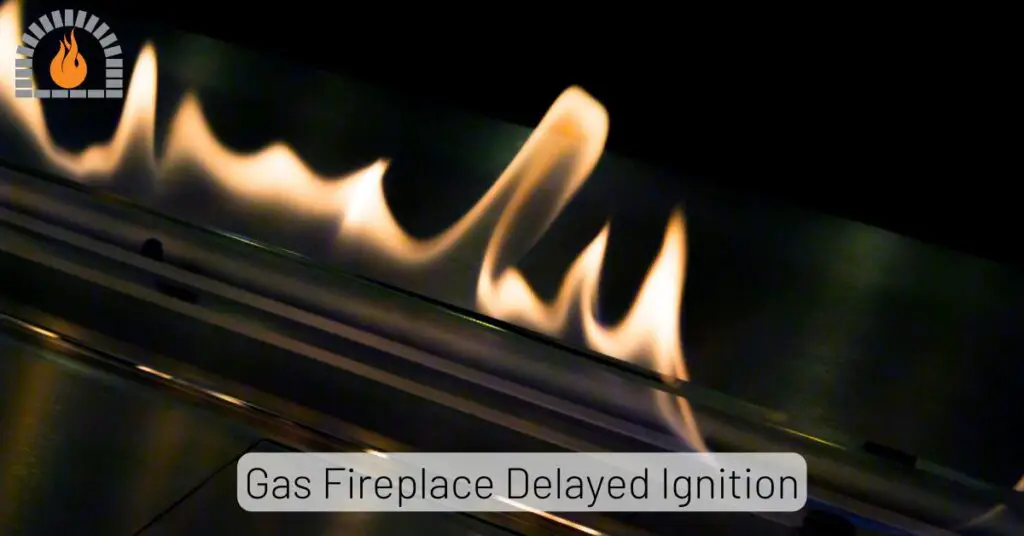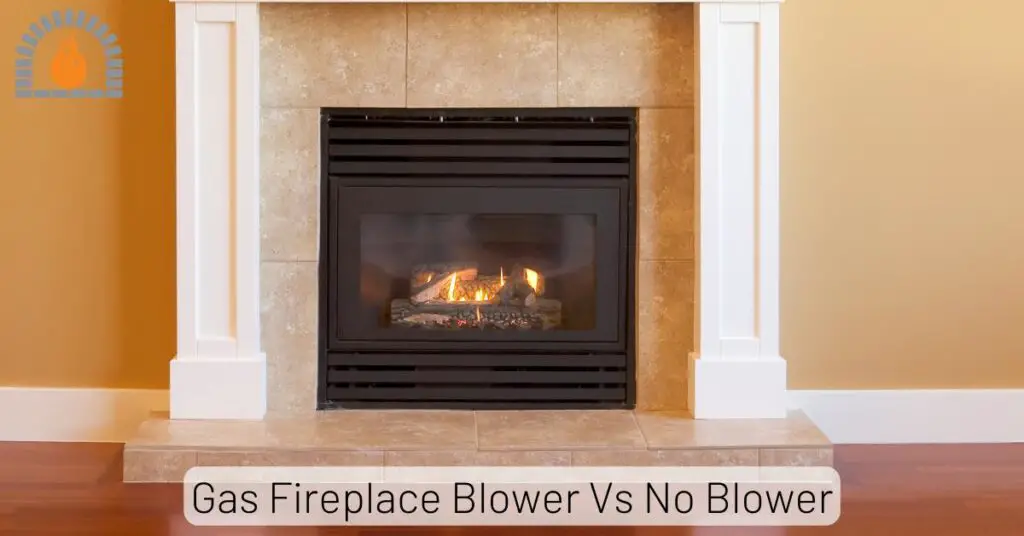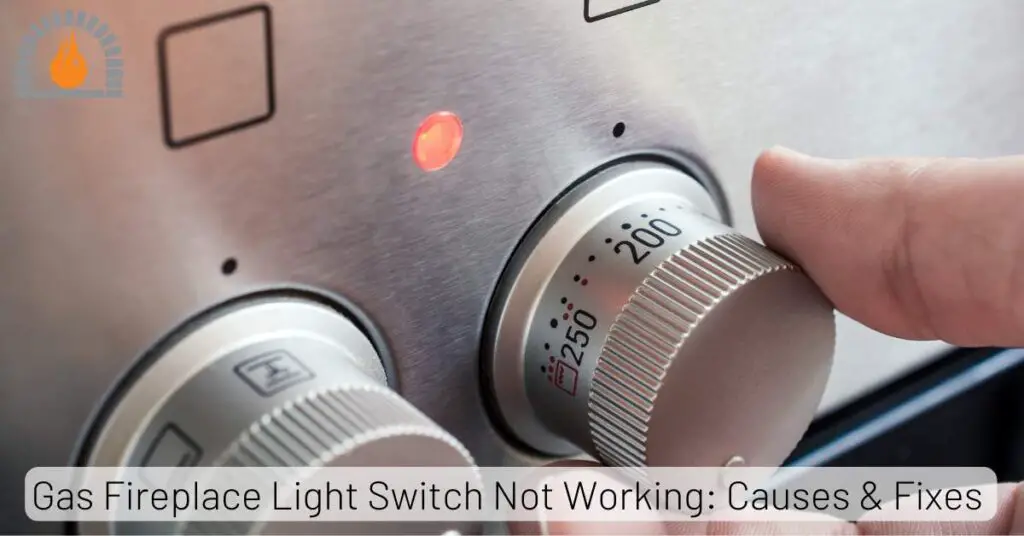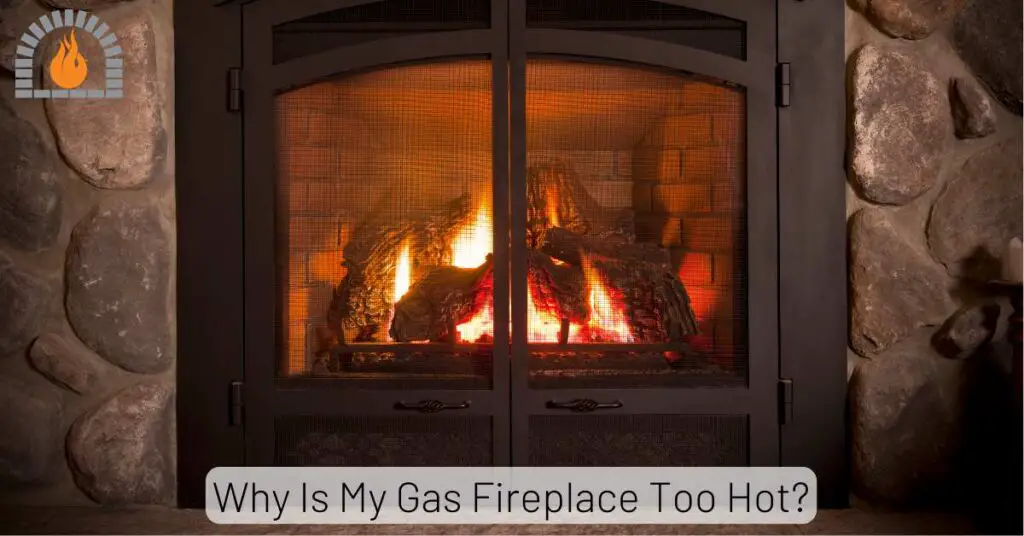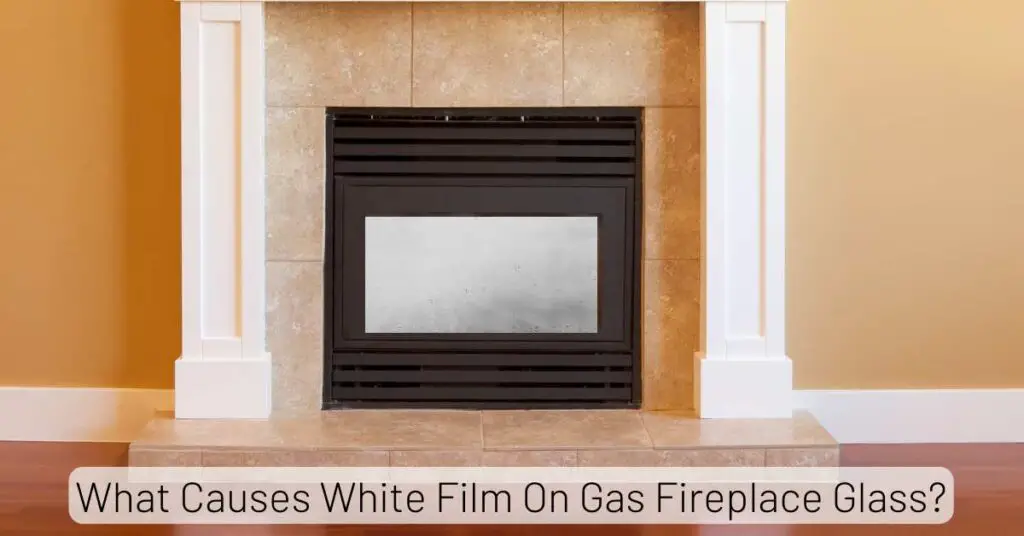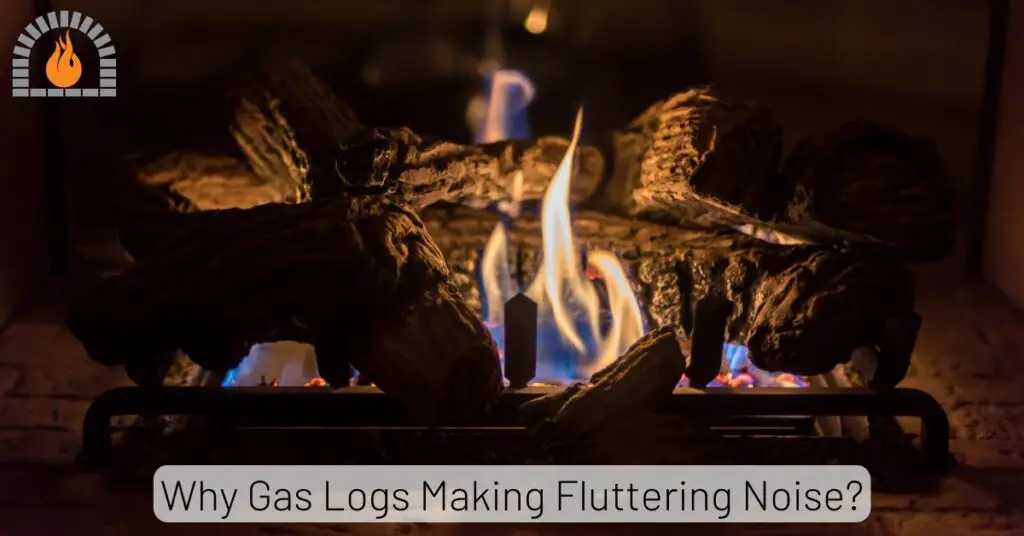When your fireplace turns on but produces no heat, it’s not only frustrating but also defeats the purpose of having a cozy hearth. This common issue affects both gas and electric fireplaces and can usually be traced back to a handful of solvable problems. From pilot light issues and thermocouple malfunctions to blocked ventilation and faulty thermostats, understanding the root cause is the first step toward restoring your fireplace’s heating function.
In this comprehensive guide, we’ll walk you through the seven most common reasons why your fireplace isn’t producing heat and provide step-by-step instructions for safe, effective fixes that you can often perform yourself.
Key Takeaways
- A fireplace that turns on but doesn’t produce heat is typically experiencing issues with components like the pilot light, thermocouple, gas valve, burner ports, thermostat, ventilation, or gas pressure.
- Many fireplace heating problems can be resolved through simple troubleshooting steps and regular maintenance.
- Safety should always be your top priority when diagnosing or repairing fireplace issues.
- While many fixes are DIY-friendly, don’t hesitate to call a professional for complex issues or if you’re uncomfortable with any repair steps.
- Regular maintenance can prevent most common fireplace heating problems before they start.
Why Your Fireplace Turns On But No Heat Is Produced
There’s nothing quite like gathering around a warm fireplace on a cold day. That’s why it’s particularly frustrating when your fireplace appears to be working—the flames are dancing, the switch is on—but no heat is filling your room. This issue is more common than you might think and affects both gas and electric models. Before we dive into specific problems and solutions, it’s important to understand that a fireplace generating flames but no heat indicates that the combustion process is happening, but the heat transfer mechanism is failing.
According to the Hearth, Patio & Barbecue Association, proper maintenance and understanding of your fireplace’s components can prevent most heating issues. Let’s explore the seven most common causes and their straightforward fixes.
1. Pilot Light Issues: The Most Common Culprit
What’s Happening
The pilot light is a small flame that stays lit continuously in your gas fireplace, ready to ignite the main burner when you turn on the fireplace. If the pilot light is weak, improperly positioned, or partially clogged, it might be able to ignite the main burner but not sufficiently to generate proper heat.
How to Identify
- The pilot light flame is yellow instead of blue
- The flame appears weak or small
- The flame doesn’t touch the thermocouple
- The pilot light frequently goes out
Easy Fixes
- Clean the pilot light: Turn off the gas and allow the fireplace to cool completely. Use a can of compressed air or a small brush to gently clean away any dust or debris from the pilot assembly.
- Adjust the pilot light: Locate the pilot adjustment screw (usually near the gas valve) and turn it slightly to increase the flame size. The ideal pilot flame should be about 1-1.5 inches tall with a sharp blue tip.
- Reposition the thermocouple: If the pilot flame isn’t touching the thermocouple, gently bend it closer to the flame. The thermocouple should be positioned in the pilot flame’s outer edge.
| Characteristic | Ideal State | Problem State |
|---|---|---|
| Flame Color | Blue with yellow tip | Mostly yellow |
| Flame Height | 1-1.5 inches | Less than 1 inch |
| Flame Strength | Strong, steady | Weak, flickering |
| Thermocouple Contact | Flame touching thermocouple | Gap between flame and thermocouple |
2. Thermocouple Problems: The Safety Switch Malfunction
What’s Happening
The thermocouple is a safety device that detects whether the pilot light is lit. If it malfunctions, it might incorrectly signal that the pilot light is out, causing the gas valve to restrict flow and resulting in reduced heat output or no heat at all.
How to Identify
- The fireplace shuts off shortly after turning on
- The pilot light stays lit but the main burner doesn’t remain on
- The thermocouple appears discolored, bent, or damaged
- The connection between the thermocouple and gas valve is loose
Easy Fixes
- Clean the thermocouple: Turn off the gas and let the fireplace cool. Gently clean the thermocouple with fine-grit sandpaper or a dollar bill to remove any buildup.
- Tighten connections: Ensure the thermocouple is securely tightened to the gas valve. Use an appropriately sized wrench, but be careful not to overtighten.
- Replace the thermocouple: If cleaning and tightening don’t work, replacement is relatively inexpensive and straightforward. Make sure to purchase the correct model for your fireplace.
3. Gas Valve Problems: The Flow Controller
What’s Happening
The gas valve controls the flow of gas to your fireplace. If it’s partially closed, malfunctioning, or clogged, it may allow enough gas for a flame but not enough to generate significant heat.
How to Identify
- The flames are smaller than usual
- The fireplace takes longer than normal to ignite
- There’s a hissing sound (indicating a potential leak)
- The gas valve handle is not fully open
Easy Fixes
- Check the gas valve: Ensure the gas valve is fully open. The handle should be parallel to the gas line when open.
- Test the gas pressure: Using a manometer, check that the incoming gas pressure matches the specifications in your fireplace’s manual. This step may require a professional.
- Clean or replace the gas valve: If the valve is clogged, you may be able to clean it. If it’s malfunctioning, replacement is necessary and should be done by a qualified technician.
| Symptom | Possible Cause | Solution |
|---|---|---|
| Small flames | Partially closed valve | Fully open the valve |
| Delayed ignition | Low gas pressure | Check pressure with manometer |
| Hissing sound | Gas leak | Turn off gas, call professional immediately |
| No gas flow | Faulty valve | Replace valve (professional recommended) |
For more information on gas fireplace safety and maintenance, the National Fireplace Institute offers certification programs and resources for both homeowners and professionals.
4. Clogged Burner Ports: The Obstruction Issue
What’s Happening
Over time, dust, debris, and spider webs can accumulate in the burner ports of your fireplace. This obstruction restricts gas flow, resulting in smaller flames and reduced heat output.
How to Identify
- Flames appear uneven or only in certain areas of the burner
- There’s a whistling or hissing sound when the fireplace is on
- The flames are yellow instead of blue
- You notice debris in the burner area
Easy Fixes
- Turn off the gas and allow the fireplace to cool completely: Safety first!
- Remove the burner unit: Carefully detach the burner according to your fireplace’s manual instructions.
- Clean the burner ports: Use a can of compressed air or a soft brush to gently clean each port. For stubborn clogs, you can carefully use a needle or paperclip, but be gentle to avoid damaging the ports.
- Vacuum the area: Use a vacuum with a brush attachment to remove any loose debris from around the burner.
- Reassemble and test: Put everything back together and test your fireplace.
| Frequency | Maintenance Task |
|---|---|
| Monthly | Visual inspection of burner area |
| Quarterly | Light cleaning of accessible burner ports |
| Annually | Deep cleaning of entire burner assembly |
| As Needed | Immediate cleaning if performance issues arise |
5. Faulty Thermostat: The Temperature Controller
What’s Happening
If your fireplace has a thermostat, a malfunction could prevent it from producing adequate heat. The thermostat might be incorrectly calibrated, have dead batteries, or have faulty wiring, causing it to shut off the fireplace prematurely or not allow it to reach higher temperatures.
How to Identify
- The fireplace shuts off before reaching the set temperature
- The fireplace doesn’t respond to thermostat adjustments
- The display is blank or showing error codes
- The fireplace cycles on and off frequently
Easy Fixes
- Check the batteries: If your thermostat uses batteries, replace them with fresh ones.
- Verify the settings: Ensure the thermostat is set to “heat” mode and the temperature is set higher than the current room temperature.
- Clean the thermostat: Dust can affect the thermostat’s sensors. Gently clean it with a soft, dry cloth.
- Recalibrate the thermostat: Consult your manual for specific recalibration instructions.
- Check the wiring: Ensure all wires are securely connected. If you’re uncomfortable with this step, call a professional.
- Replace the thermostat: If all else fails, replacement might be necessary.
| Issue | Potential Cause | Solution |
|---|---|---|
| No display | Dead batteries | Replace batteries |
| No response | Incorrect mode setting | Switch to heat mode |
| Short cycling | Poor placement | Move away from drafts or heat sources |
| Inaccurate reading | Needs calibration | Recalibrate according to manual |
6. Blocked Ventilation: The Airflow Problem
What’s Happening
Gas fireplaces require proper ventilation to operate efficiently and safely. If the vents are blocked or restricted, oxygen-starved combustion can occur, resulting in poor heat output and potentially dangerous conditions.
How to Identify
- The flames appear yellow or “lazy” (dancing or moving slowly)
- There’s a burning smell or unusual odor
- The fireplace produces excess condensation
- Carbon monoxide detectors are triggered (a serious warning sign)
Easy Fixes
- Check external vents: Ensure that exterior vents are clear of debris, snow, leaves, or animal nests.
- Inspect internal vents: Verify that internal vents and air passages are not blocked by furniture, curtains, or other objects.
- Clean the vents: Use a vacuum or brush to remove dust and debris from vents and air passages.
- Install carbon monoxide detectors: If you don’t have them, install CO detectors near your fireplace and sleeping areas. This is a crucial safety measure.
- Call a professional: If you suspect serious ventilation issues, don’t hesitate to call a professional technician.
| Checkpoint | Status | Action Required |
|---|---|---|
| External vent clear | ☐ Yes ☐ No | Clear if blocked |
| Internal vents unobstructed | ☐ Yes ☐ No | Remove obstructions |
| CO detectors installed | ☐ Yes ☐ No | Install if missing |
| CO detectors tested | ☐ Yes ☐ No | Test/replace if needed |
| Annual inspection scheduled | ☐ Yes ☐ No | Schedule with professional |
The Chimney Safety Institute of America emphasizes the importance of proper ventilation for gas fireplaces and recommends annual inspections to ensure safety and efficiency.
7. Incorrect Gas Pressure: The Supply Issue
What’s Happening
If the gas pressure supplied to your fireplace is too low or too high, it won’t burn efficiently, resulting in poor heat output. This issue typically requires professional diagnosis and correction.
How to Identify
- The flames are too high or too low
- The fireplace makes unusual noises when operating
- There’s a sulfur or “rotten egg” smell
- Other gas appliances in your home are also experiencing issues
Easy Fixes
- Check other gas appliances: If other gas appliances are also malfunctioning, the issue might be with your main gas supply.
- Contact your gas company: If you suspect a problem with your gas supply, call your provider for assistance.
- Schedule a professional inspection: A qualified technician can measure the gas pressure and make necessary adjustments to the regulator.
- Install a pressure gauge: For ongoing monitoring, a professional can install a pressure gauge on your fireplace’s gas line.
| Fireplace Type | Recommended Pressure | Symptoms of Incorrect Pressure |
|---|---|---|
| Natural Gas | 3.5″ WC (water column) | Low: Small flames, poor heat |
| High: Excessive flame, sooting | ||
| Propane/LP | 10-11″ WC | Low: Incomplete combustion |
| High: Flame rollout risk |
FAQs
Why is my gas fireplace running but not putting out heat?
This common issue typically stems from problems with the pilot light, thermocouple, gas valve, or burner ports. The fireplace may be producing flames, but if these components aren’t functioning correctly, they won’t allow sufficient gas flow or proper combustion to generate adequate heat.
Can I fix my fireplace myself, or do I need to call a professional?
Simple maintenance tasks like cleaning the pilot light, replacing thermostat batteries, or clearing debris from burner ports can often be done by homeowners. However, issues involving gas pressure, ventilation problems, or complex component replacements should be handled by a qualified technician to ensure safety and proper repair.
How often should I have my fireplace inspected?
The Chimney Safety Institute of America recommends annual inspections for all fireplaces, regardless of how frequently they’re used. Regular inspections can identify potential issues before they become serious problems and ensure your fireplace is operating safely and efficiently.
Affiliate Disclosure: Fireplaceadviser.com is a participant in the Amazon Services LLC Associates Program. We may earn a commission when you click on certain links on this site and purchase.

Hello!! I am Jamal Khan. I often fix my home electric heaters and gas stove problems and research the common issues in the heating units to improve my knowledge and expertise. The aim of establishing fireplaceadviser.com is to share my expertise and knowledge with my audience.







